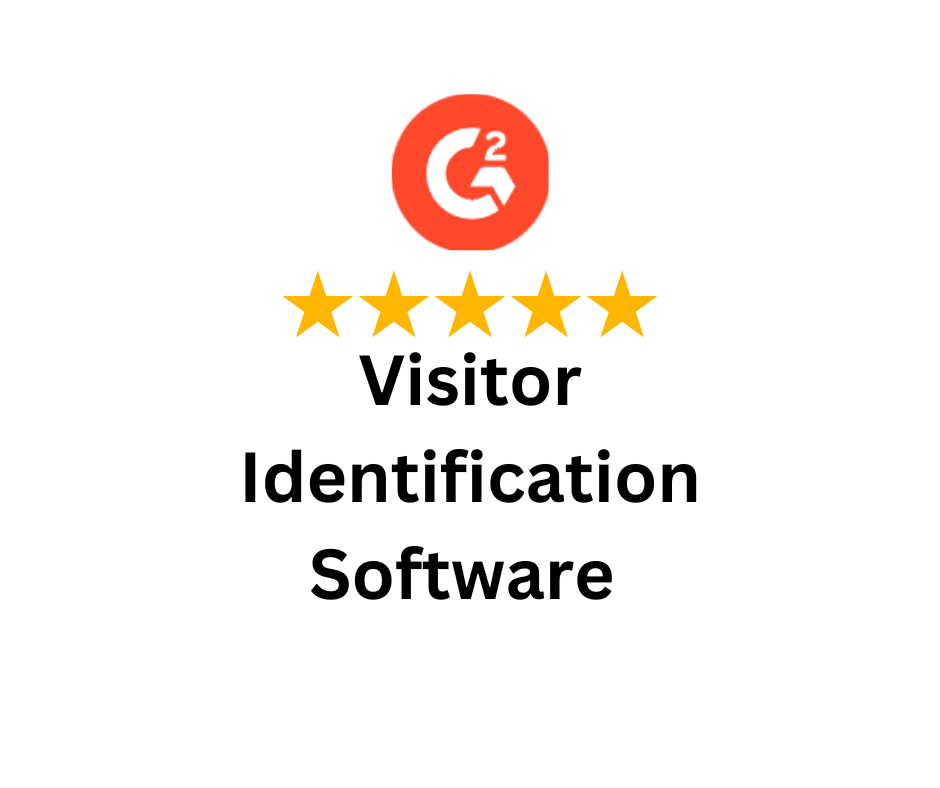Free Funnel Audit
Convert more customers today!
PPC
12 mins read

PPC
12 mins read


In today’s competitive digital landscape, staying ahead of your competitors is key to PPC success. PPC marketing competitor analysis helps you understand how your rivals are running their campaigns. By analyzing their strategies, you can optimize your own PPC efforts for better results.
Read on to explore tools, bidding strategies, and actionable steps to outperform your competition. Mastering competitor analysis will give you the insights needed to fine-tune your campaigns, increase visibility, and boost your ROI. Let’s dive into the strategies that can set you apart.

PPC marketing competitor analysis is the process of examining your competitors’ pay-per-click campaigns to understand their strategies. It involves tracking their ad copy, keyword usage, and bidding patterns. By reviewing how your competitors approach PPC, you can gain valuable insights into what works and what doesn’t in your industry.
This analysis is not just about tracking ads but understanding your competitors’ behavior in the market. It helps you identify their strengths and weaknesses and discover opportunities you may have missed.
By analyzing their strategies, you can make smarter decisions regarding budget allocation, keyword targeting, and bidding strategies. This allows you to optimize your PPC campaigns, ensuring you are spending your budget where it will have the most impact.
In the end, competitor analysis is a foundation for successful PPC campaigns. It helps you stay competitive, avoid common mistakes, and identify areas for improvement.
PPC competitor research offers several key benefits that can transform your PPC campaigns. By understanding your competitors’ strategies, you can gain valuable insights into their keyword choices, ad copy, budget allocations, and bidding patterns. These insights can help you refine your own PPC campaigns for better performance.
Conducting competitor research allows you to identify what is working well for others in your industry. It also helps you avoid mistakes that could lead to wasted ad spend. For example, if your competitors are bidding on high-conversion keywords, you can assess whether you are missing out on these opportunities.
Competitor research also uncovers gaps in the market—underutilized keywords that your competitors are ignoring. These keyword gaps present opportunities for you to target traffic at a lower cost. You can capitalize on these opportunities by adjusting your keyword strategy and bidding on terms your competitors aren’t targeting.
In addition, PPC marketing competitor analysis and research can reveal areas where you can outperform your competition, such as offering a more compelling value proposition or targeting new audience segments. This helps you stay ahead of the competition and optimize your ad spend for maximum return.
By incorporating competitor insights into your strategy, you can increase conversions and reduce unnecessary ad spend.
To perform effective PPC competitor analysis, you need the right tools. Here are some of the most trusted options to help you gather valuable insights:
These tools enable you to analyze various aspects of your competitors’ PPC campaigns, including their bidding strategies, keywords, ad copy, and ad position tracking. Google Ads competitor analysis, in particular, is crucial because it integrates directly with Google Ads, providing in-depth auction insights to improve your ad performance.
Using these tools effectively will give you the competitive edge needed to optimize your PPC campaigns and stay ahead of the competition.
Pro tip:
Each of these tools has its own pros and cons, including cost. To have the upper hand in PPC marketing competitor analysis, it’s always better to opt for a highly rated PPC team that uses AI-powered technology for the same. Eventually, you can expect a higher return on ad spend (ROAS). An ads optimizer, preferably offered by the same team, will be a smart investment alongside.

To conduct a successful PPC marketing competitor analysis, follow these five essential steps. This step-by-step guide will help you gain actionable insights and optimize your own campaigns.
Pro tip:
Use a highly rated A/B test platform to test two different variations of your landing page to identify the one that’s giving you more conversions, and adapt accordingly for higher returns.
Example
A parasailing and boat tour operator saw a 20% increase in conversions just by optimizing its landing page that attracted target customers and pushed them to take the leap.

This step-by-step approach to PPC competitor research provides you with a clear action plan for analyzing your competitors and improving your PPC campaigns. It ensures that you are targeting the right keywords, crafting better ad copy, and optimizing your budget for maximum ROI.
PPC bidding strategies are the methods you use to determine how much you’re willing to pay for clicks on your ads. These strategies can be significantly influenced by insights gathered through competitor analysis. By understanding how competitors bid, businesses can adjust their strategies for better ad positioning and performance.
There are several types of bidding strategies to consider:
By conducting competitor analysis, you can identify the keywords and bids your competitors are targeting, allowing you to adjust your strategy accordingly. For example, if a competitor has a high bid on a valuable keyword, you might choose to increase your bid to ensure better positioning or find less competitive keywords to bid on.
Real-time bid adjustments are crucial for staying competitive. Constantly monitor your competitors’ ad positions and CPCs, and fine-tune your bidding strategy based on their actions. This approach can help you improve ad positioning and maximize your ROI.
PPC competitor research can reveal valuable insights into keyword gaps—terms that your competitors are not targeting but could be highly relevant for your business. By identifying these gaps, you can discover underutilized keywords that present new opportunities for growth.
Competitors may overlook certain high-conversion keywords, either due to budget constraints or a focus on more competitive terms. These gaps are your opportunity to target keywords that your competitors are ignoring. By bidding on these underused terms, you can attract more qualified traffic without facing the intense competition for popular keywords.
Tools like SpyFu and Semrush can help uncover these gaps by showing the keywords competitors are not bidding on. They allow you to see which keywords are driving success for your competitors and which ones they are missing. Once identified, these gaps can be targeted with tailored ad copy and optimized bids to improve your campaign’s performance.
This strategy helps you expand your keyword list with fresh opportunities, giving you a competitive advantage in less crowded spaces. By capitalizing on these gaps, you can increase your visibility, lower your cost-per-click, and boost conversions.
Continuous monitoring of competitors’ PPC campaigns is crucial for staying ahead in the ever-changing digital advertising landscape. Google Ads competitor analysis provides valuable insights into your competitors’ keyword strategies, bids, and ad copy, allowing you to quickly spot changes and adjust your strategy.
Regularly checking tools like Google Ads Auction Insights helps businesses identify shifts in competitors’ campaigns. Pay attention to changes in their bidding patterns, keyword targets, and ad messaging. If a competitor increases their bid on a high-converting keyword, you may need to adjust your own bids or refine your ad copy to stay competitive.
Setting up alerts and automated reports can help you track these changes in real time. Tools like Semrush or SpyFu also offer monitoring features that send you notifications when a competitor’s keyword strategy changes or when they launch new ads. This allows you to make informed decisions quickly without manually checking your competitors’ ads all the time.
By staying agile and regularly adjusting your PPC strategy, you can maintain a competitive edge. Monitoring your competitors’ movements and adapting your campaigns ensures that your ads stay visible and relevant in a competitive market, helping you maximize your ROI and drive more conversions.
When conducting PPC competitor analysis, many businesses make common mistakes that can limit the effectiveness of their strategies.
Here are the key mistakes that you need to avoid:
To avoid these mistakes, make sure to:
By avoiding these mistakes, you can ensure a more well-rounded and effective PPC competitor analysis, setting your campaigns up for long-term success.

Here’s a quick checklist to guide you through PPC marketing competitor analysis:
Use this checklist as a simple, actionable resource to perform your PPC marketing competitor analysis. This will help you identify opportunities, optimize your strategy, and stay ahead of the competition.
In conclusion, PPC marketing competitor analysis is an essential tool for staying ahead in the competitive world of digital advertising. By regularly monitoring your competitors’ strategies, you can gain valuable insights into their keyword choices, ad copy, bidding tactics, and landing page designs. This continuous research allows you to refine your own PPC strategies, optimize your budget, and capture more qualified traffic.
Don’t wait, start implementing these analysis techniques today to give your PPC campaigns the edge they need. By staying proactive and adjusting your strategies based on competitor insights, you can dominate the market and boost your ROI.
Start using our A/B test platform now and unlock the hidden potential of your website traffic. Your success begins with giving users the personalized experiences they want.
Start Your Free Trial
Empowering businesses to optimize their conversion funnels with AI-driven insights and automation. Turn traffic into sales with our advanced attribution platform.

